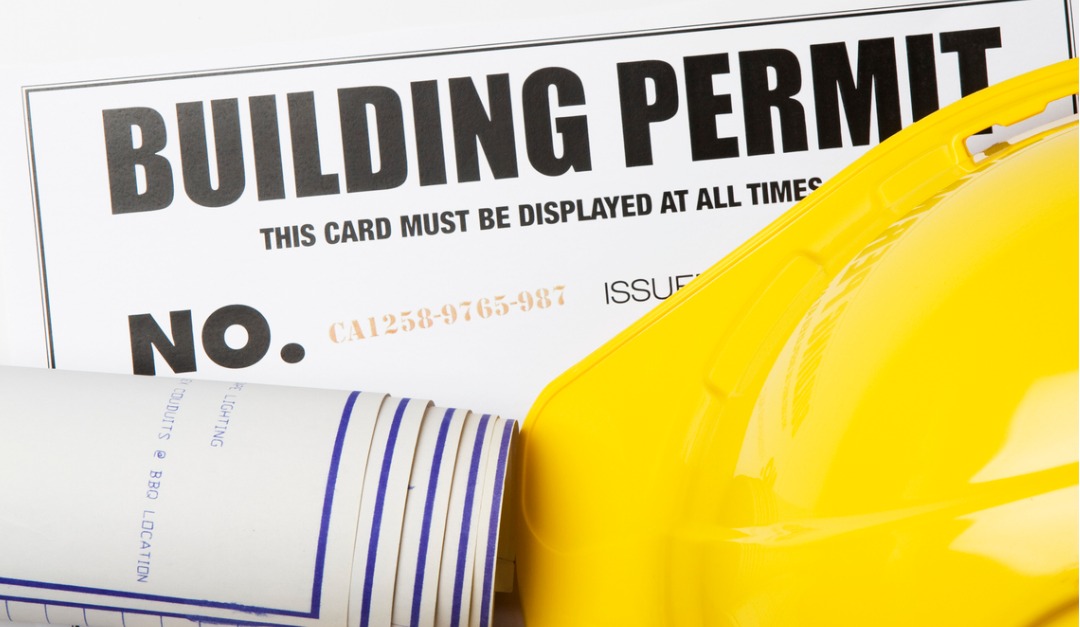We have 2 Tesla 3's same model year and my understanding was that both could charge seaprately using the same 50Amp breaker and simulteneousy which worked great for about 1 year then the App "improved" by allowing a choice of charging current per car so I set it to 32amps each and the breaker failed everytime unlike before the new app.
I was told when I purchased the cars that Tesla car are aware of another car in same circuit and compensate according to departure time, charge needed etc and that worked fine for about 14 Months again until we were given a choice of charging current.
I cannot get an answer from Tesla on this simple issue as to what changed and why for 3 months now. Does anyone have the same problem...
I was told when I purchased the cars that Tesla car are aware of another car in same circuit and compensate according to departure time, charge needed etc and that worked fine for about 14 Months again until we were given a choice of charging current.
I cannot get an answer from Tesla on this simple issue as to what changed and why for 3 months now. Does anyone have the same problem...




